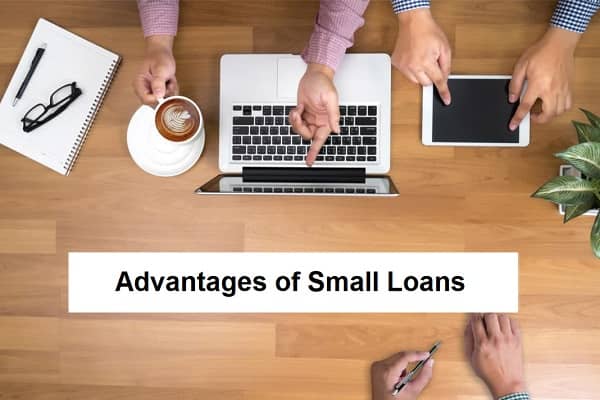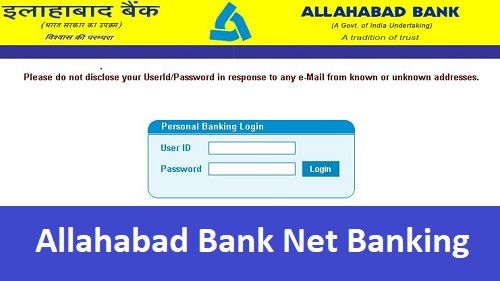Online payment gateways help businesses accept online payment across various payment methods by bridging multiple parties whenever a transaction is initiated. In a digital world, where online transactions are more of a norm than an exception, a payment gateway is a critical tool that helps you grow and scale your business to greater heights by reaching a more extensive consumer base on the lookout for quality goods and services.
Contents
What are the Functions of a Payment Gateway?
Technology is responsible for connecting all kinds of merchants and payment networks. Here are a few things that a payment gateway performs.
- Integration with the Merchant Account: It allows a business to accept multiple payment modes from consumers and helps integrate online card processing capabilities with a merchant’s business account.
- Recording Payment Details of Transactions: The payment gateway encrypts the shopper information being sent by the merchant to capture and record transaction details for a smoother transaction process.
- Routing Payment Information to Payment Processor or Acquiring Bank: Once the information is transmitted by the payment gateway, the acquiring bank takes over to run fraud checks on the transaction request and transfers that information to card networks.
- Sending Notification of Approval or Decline: A payment gateway receives incoming information from the bank and card network about the approval or decline status of the transaction and then relays it back to the merchant. If the transaction is declined, the gateway may ask the customer to choose other modes of payment.
Benefits of a Payment Gateway
Although a payment gateway offers multiple benefits to businesses, there are three crucial benefits that we would like to put the spotlight on in this piece.
Let’s have a look!
Impulse Buying
These days consumers are bombarded with intuitive ads that are razor-focused on precisely the things they want. If you have been on the internet for a while now, you might have witnessed ads popping up for products we might have searched for across our social feeds, emails, and whatnot.
This constant visibility of the goods and services that we have shown intent towards acquiring promotes impulse buying, wherein repeated ads drive us towards buying those things by affecting us on a subconscious level.
A payment gateway system offers a smooth checkout experience resulting in fewer cart abandonments. This superior experience that they offer encourages more consumers to indulge in impulse buying, adding to the overall revenue of a business.
Helps Reach a Wider Consumer Base
An online store can reach far more consumers than a brick-and-mortar store could ever hope to have. Having an online store allows business owners to service customers without worrying about geographical boundaries.
Payment gateways can accept multiple international currencies and allow businesses to create checkout pages in multiple languages, including foreign languages.
This helps open up your business to the widest consumer base worldwide, helping generate more sales by taking your business international. So, if you are only selling domestically right now, you should start thinking about tapping into a worldwide consumer base by partnering with a reliable payment gateway provider.
Customized User Experience
Some payment gateways offer you the option to have a customized payment page that includes your brand’s logo, colours, and typography to present your customers with a customized view that results in more brand recall.
It is important to leverage all you can to make customers relate to your brand by offering them a seamless experience from the moment they visit your website until the checkout. So, having a customized approach helps drive that point more aggressively.
Now that you are aware of the benefits, it’s important to choose a payment gateway that perfectly suits your business requirements.
You can go in for three types of payment gateways, each of them has its pros and cons; here’s a breakdown of those three!
Also read: Reasons Why Online Cash Management is Important in Today’s World
Redirects
These are gateways where the payment process takes place externally. E.g., you might want to include a PayPal Button, clicking on which users get redirected to an external page to enter transaction information and complete the payment.
This is a simple and perfect solution for small business owners since it’s cost-effective and comes backed by the stellar security of reputed online payment platforms. However, on the downside, the merchants have less control over the overall user experience, and it’s an additional step for users which may increase cart abandonment.
Checkout On-Site Payment Off-Site
In this kind of payment gateway integration, the initial checkout happens on the merchant’s website, whereas payment processing takes place through the gateway’s backend. Simplicity is one of the strongest points of this type of setup; however, just like in the case of redirects, you won’t have any control over the checkout experience of the end-user.
On-Site Payments
As the name suggests, on-site payment gateway integration gives you complete control over the checkout experience of your users. Everything from the initial check out to the payment processing happens on the merchant site with no redirects whatsoever. However, it comes with more responsibility since you will be responsible for securing your customer’s data and ensuring that there are no leaks of a user’s financial or personal data. All compliances such as PCI DSS and other security protocols set by the industry have to be taken care of by you.
As an online business seller, it’s always important to use whatever tools you can to give your customers the best possible experience so that they keep coming back to your website for repeat purchases. Therefore, it’s important to partner with a reputed payment gateway service provider from day 1 to ensure that you can give your customers the confidence they want when shopping online and build reputation and trust among your consumer base.
So, now that you know, it’s time to go out there and get up to speed setting up your payment gateway system!




